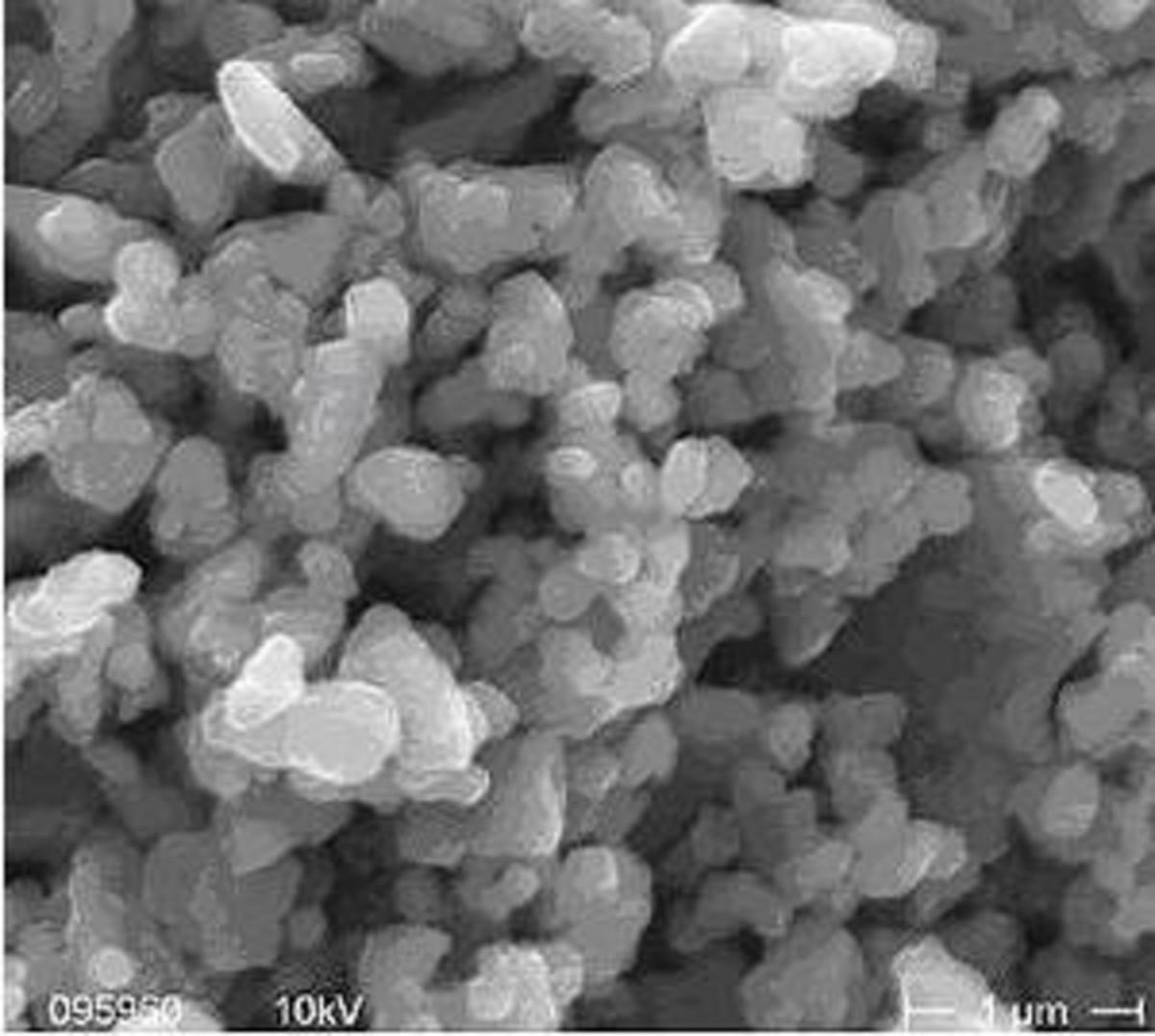
The simple answer to this question is any particle less than 100 nm. But like most things in particle technology a more thorough discussion is required to achieve an unambiguous and complete response. The experts provide additional nuances to the definition. The current agreement among the standards groups is that the scale from 1 – 100 nm defines the size range of a nanoparticle. Below 1 nm may be excluded in order to avoid calling clusters of atoms a particle, but the literature contains references to particles < 1 nm. Since particles are three dimensional the ASTM standard defines two or three dimensions must be between 1 – 100 nm. This provides for nanotubes with a diameter of 10 nm, but a length > 100 nm.
From ASTM E2456-06²
This ASTM standard defines several terms including nanparticle, fine particle, ultrafine particle, and many others. The ASTM definition is also essentially 1-100nm, but mentions the number of dimensions and carries a note entitled "Discussion":
nanoparticle, n—in nanotechnology, a sub-classification of ultrafine particle with lengths in two or three dimensions greater than 0.001 micrometer (1 nanometer) and smaller than about 0.1 micrometer (100 nanometers) and which may or may not exhibit a size-related intensive property.
DISCUSSION—This term is a subject of controversy regarding the size range and the presence of a size-related property. Current usage emphasizes size and not properties in the definition. The length scale may be a hydrodynamic diameter or a geometric length appropriate to the intended use of the nanoparticle.
From EU(2022/C 229/01)3
The European community definition also mentions the quantity.
— A material containing particles, 50% or more of which have one or more external dimensions in the size range 1–100 nm, based on number size distribution.
The basic definition of a nanoparticle (between 1-100 nm) is common to the documents referenced here. The fact that all of the documents contain one or more nuances to the definition is an indication that the phrase "it depends on the sample" is common in the world of particle characterization. The European definition even mentions the amount, so it seems possible to precisely determine whether something is a nanoparticle or not. However, actually making a determination based on this definition requires a great deal of analytical effort.
1. ISO 80004-1:2023 Nanotechnologies - Vocabulary. Available at: http://www.iso.org/
2. ASTM 2456-06 Standard Terminology Relating to Nanotechnology. Available at: http://www.astm.org/
3. EU(2022/C 229/01) COMMISSION RECOMMENDATION of 10 June 2022 on the definition of nanomaterial.
Available at: https://european-union.europa.eu/
Simultaneous Multispectral Nanoparticle Tracking Analysis (NTA)
Nanoparticle Analyzer
Laser Scattering Particle Size Distribution Analyzer
Do you have any questions or requests? Use this form to contact our specialists.
